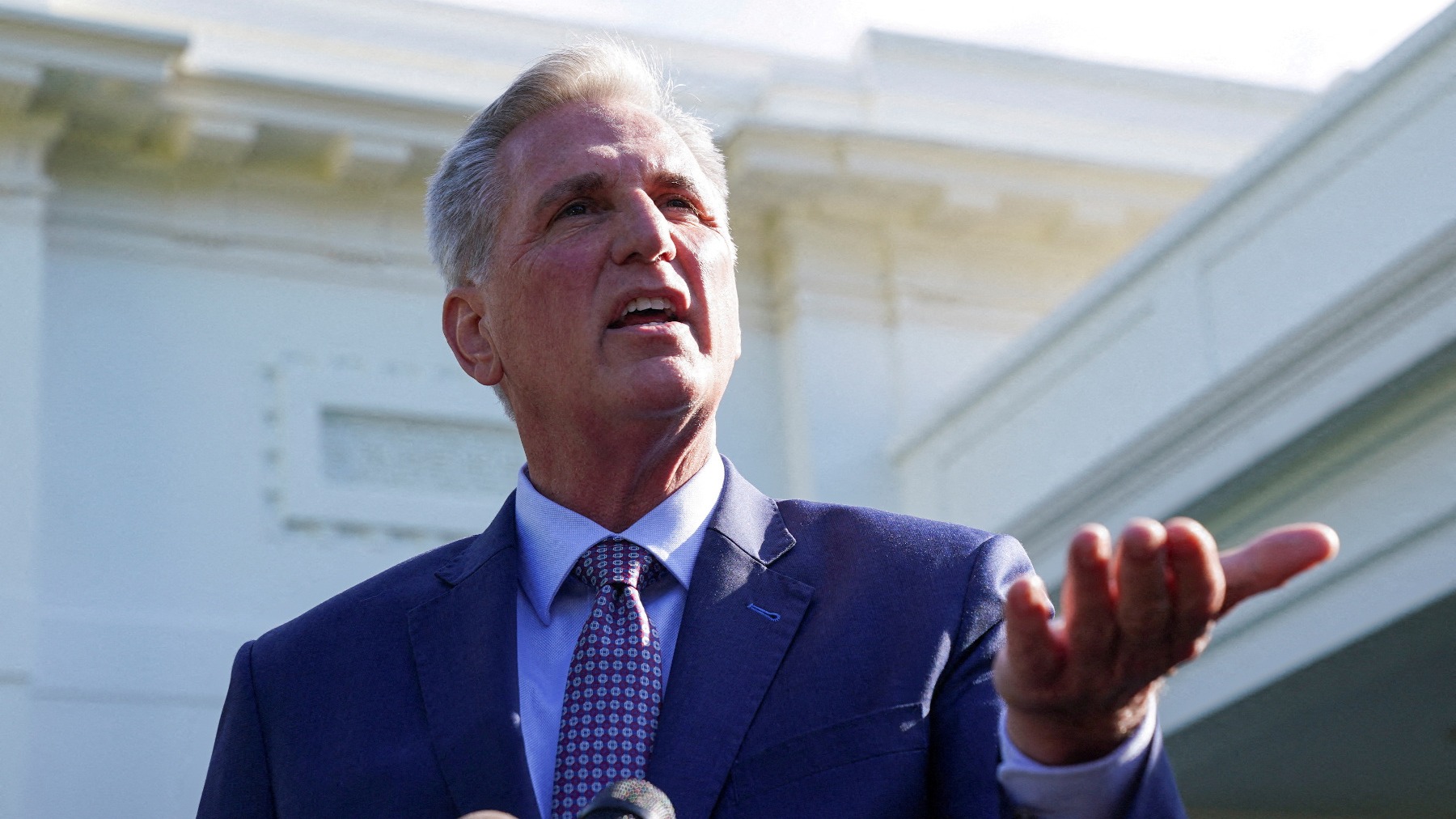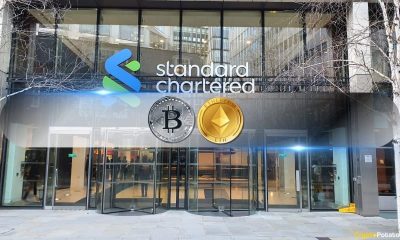Forex
Default in the U.S. will force the world to look for an alternative to the dollar

A default in the U.S. would have significant implications for the global economy, including a potential decline in world stock markets and widespread panic. However, one of the most crucial concerns for the international community would be the search for an alternative to the dollar as the primary reserve currency, as cautioned by The Economist, a British publication.
If the U.S. Congress fails to raise the debt ceiling in a timely manner, it could result in the country’s first-ever national debt default in modern history. Given the widespread belief in the stability of the U.S. economy, the failure to meet expectations would have irreversible consequences, according to the publication.
“In most cases, the currency of countries that default experiences significant depreciation. This would cast doubt on the future of the dollar as a safe haven during times of crisis, leading investors to explore alternative options,” The Economist concluded.
Previously, Brazilian President Luiz Inácio Lula da Silva called on BRICS countries to diminish the dominance of the dollar. He expressed the belief that developing nations should utilize their own currencies in global trade and advocated for the BRICS to explore the possibility of creating an alternative currency.
Earlier we reported that the ECB prepares to introduce a digital euro.

 Forex3 years ago
Forex3 years agoForex Today: the dollar is gaining strength amid gloomy sentiment at the start of the Fed’s week

 Forex3 years ago
Forex3 years agoUnbiased review of Pocket Option broker

 Forex3 years ago
Forex3 years agoDollar to pound sterling exchange rate today: Pound plummeted to its lowest since 1985

 Forex3 years ago
Forex3 years agoHow is the Australian dollar doing today?

 Cryptocurrency3 years ago
Cryptocurrency3 years agoWhat happened in the crypto market – current events today

 World3 years ago
World3 years agoWhy are modern video games an art form?

 Commodities3 years ago
Commodities3 years agoCopper continues to fall in price on expectations of lower demand in China

 Economy3 years ago
Economy3 years agoCrude oil tankers double in price due to EU anti-Russian sanctions























